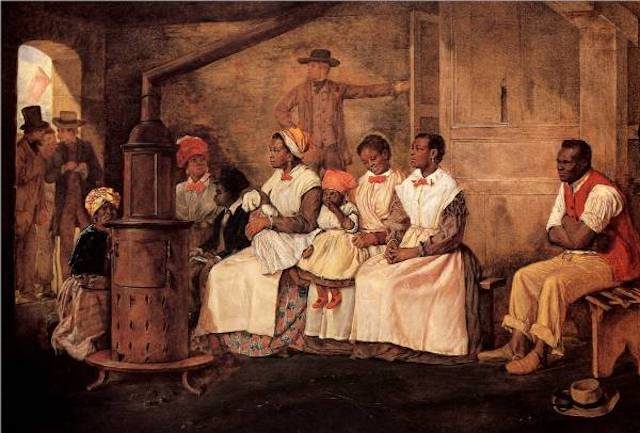Evolved in the Mughal Empire’s royal kitchens in Medieval India, Mughlai cuisine is an amalgamation of Indian and Persian cuisines. Mughlai became a network food, earlier commenced by the Mughals and then the Persians, after which they got segregated in India with flexible specialties across Old Delhi, Lucknow, and Hyderabad. Though regularly harassed with regular Indian food, Mughlai delicacies are a completely distinct entity.
From the elements, preparations, and expertise to the time one takes to assemble, Mughlai cuisines are precise and out of the box. Mughlai meals are very precisely an array. It isn’t something run-of-the-mill. Each dish from the Mughlai menu speaks for identification and needs attention and revel. Mughlai cuisine is awesome in each manner. The taste levels range from extraordinarily slight to spicy, and the dishes are frequently associated with a weird aroma and the taste of entire and ground spices.

Mughlai meals are one of all types, as every Mughlai delicacies have a story and a wealthy history in the back of it. For instance, in the beginning, Rogan Josh was a Persian lamb dish brought to Kashmir through the Mughals and has now turned out to be one of the Kashmiri staple delicacies. Navrantan Korma is a vegetarian dish from the Mughal kitchen. Navratan implies nine gemstones; thus, the word is normally organized from nine one-of-a-kind vegetables.
Another delicacy from the royal Mughal kitchen is Pasanda, probably derived from the Urdu word ‘parade, which means favorite. This wealthy and intricate history in the back of the Mughlai cuisines truly depicts that these meals are an outcome of good-sized information and delicacies inspired by lifestyle and traditions.
A bespoke catering concept like Mughalnama is changing the contours of Mughlai cuisines because it is prepared to alter how these meals are perceived with the aid of its buyers. Mughal delicacies have started to reach a degree where human beings from all demographics and geographies accept it in its catering layout as nicely.
According to Mohd Khalid, coping with a director, Mughalnama, “The culinary modifications and alteration within the mode of dining in India are speedy and feature started to mirror new strands within the culture of Indian cuisine. Mughlai cuisine has been in life since the 16th century, but it has undergone numerous transformations over time. The humble Biryani and kebabs have always decorated north Indian weddings, but a full-fledged Mughal spread changed into always being relegated to a Muslim wedding. Mughlai Food has not been considered catered or served at some stage in activities and gatherings.”
It became considered to be certainly one-of-a-kind cuisine predominantly consumed by the Muslim community. But maintained in thought the modern-day consumption meals pattern of the millennial, the delicacies’ instruction has got a current touch with less oil, balanced ghee, few spices, and the right usage of other elements to be a part of the mainstream. With numerous innovations in education and presentation phrases, Mughal spreads are finding new customers at personal events and bespoke gatherings. The birthday celebration of indigenous cuisines and ingredients has also helped the cause as the younger customer wants to have a good time what emanates from his roots,” he brought.


